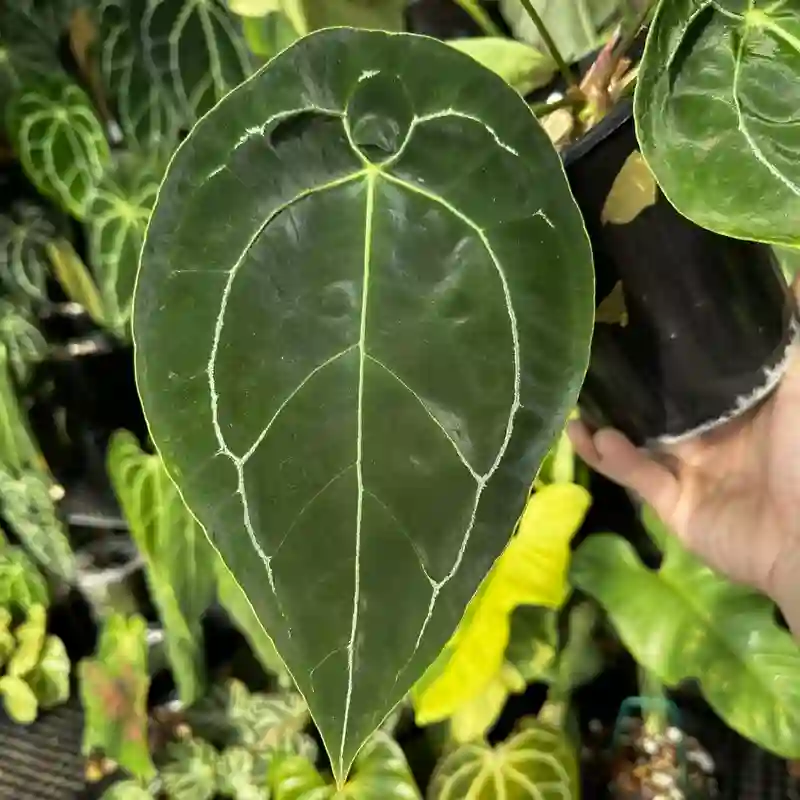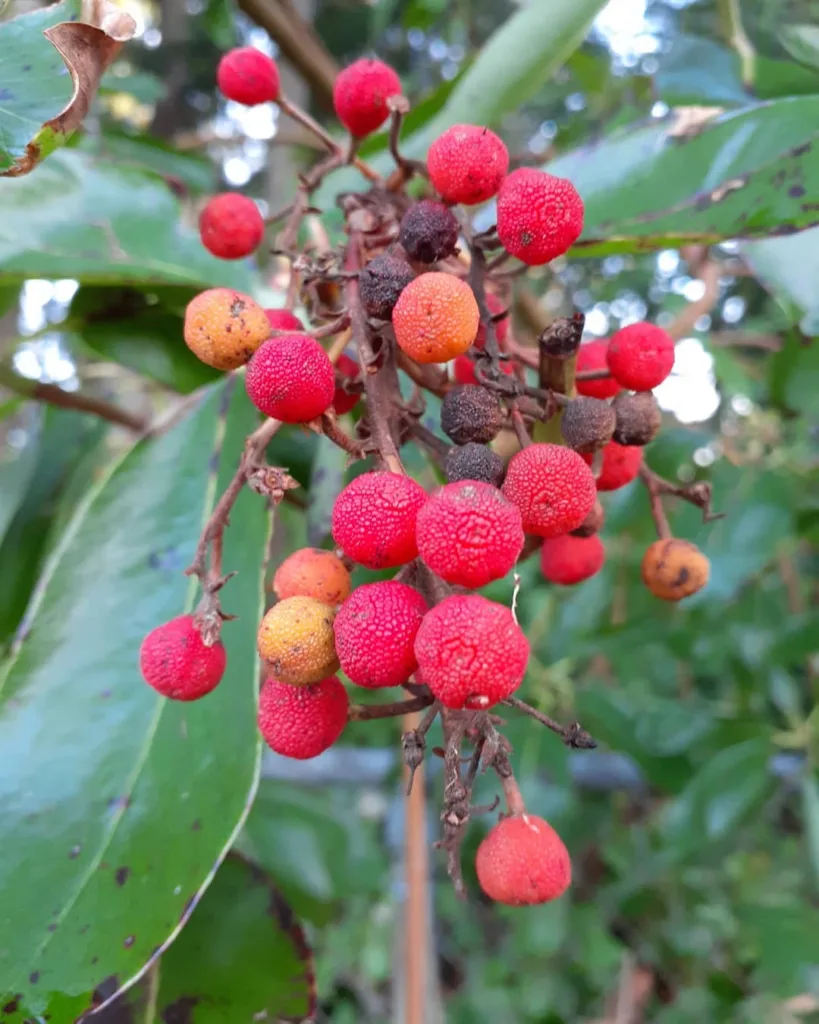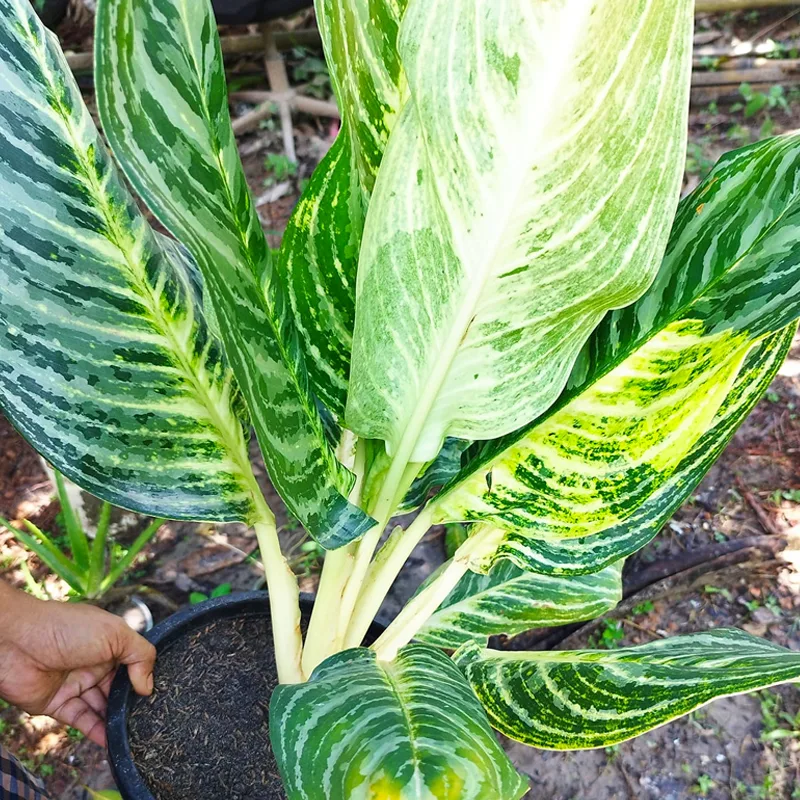Anacardiaceae: A Family of Culinary and Medicinal Wonders
Ferb Vu here, diving deep into the fascinating world of Anacardiaceae. It’s a plant family that might not be a household name, but it’s responsible for some of the most beloved culinary and medicinal treasures we know. Let’s embark on this botanical journey together.
Anacardiaceae: The Basics
Anacardiaceae, sometimes called the sumac or cashew family, is a diverse group of flowering plants. It boasts over 80 genera and around 860 species. These plants come in all shapes and sizes, from towering trees to humble shrubs. They’re found in tropical and subtropical regions worldwide, adding a touch of green to landscapes across the globe.
Genera Galore
This family is like a botanical treasure chest, filled with genera that have shaped our cultures and cuisines for centuries:
- Mangifera: This is where we find the mango, often called the “king of fruits.” Its sweet, juicy flesh is a delight, and it comes in a rainbow of varieties.
- Anacardium: Home to the cashew, a nut that’s both delicious and versatile. It’s a staple in kitchens worldwide, adding crunch and flavor to dishes.
- Pistacia: This genus gives us pistachios, those vibrant green nuts that are a popular snack and ingredient in desserts. – 12 Species in Genus Pistacia
- Rhus: Sumac falls under this genus. Its tart berries are used as a spice in Middle Eastern cuisine, and its leaves provide stunning fall foliage. – 56 Species in Genus Rhus – Sumac
- Spondias: This is where we find the mombin or hog plum, a tropical fruit with a unique flavor profile.
- Schinus: The pepper tree belongs here. Its berries are sometimes used as a pepper substitute, and its leaves have a distinctive aroma.
- Abrahamia Randrian. & Lowry
- Actinocheita F.Barkley
- Allospondias (Pierre) Stapf
- Amphipterygium Schiede ex Standl.
- Androtium Stapf
- Antrocaryon Pierre
- Astronium Jacq.
- Attilaea E.Martínez & Ramos
- Baronia Baker
- Blepharocarya F.Muell.
- Bonetiella Rzed.
- Bouea Meisn.
- Buchanania Spreng.
- Campnosperma Thwaites
- Campylopetalum Forman
- Cardenasiodendron F.A.Barkley
- Choerospondias B.L.Burtt & A.W.Hill
- Comocladia P.Browne
- Cotinus Mill. – 7 Species in Genus Cotinus
- Cyrtocarpa Kunth
- Dobinea Buch.-Ham. ex D.Don
- Dracontomelon Blume
- Drimycarpus Hook.f.
- Euroschinus Hook.f.
- Faguetia Marchand
- Fegimanra Pierre
- Gluta L.
- Haematostaphis Hook.f.
- Haplorhus Engl.
- Harpephyllum Bernh.
- Heeria Meisn.
- Holigarna Buch.-Ham. ex Roxb.
- Koordersiodendron Engl. ex Koord.
- Lannea A.Rich.
- Laurophyllus Thunb.
- Lithraea Miers ex Hook. & Arn.
- Loxopterygium Hook.f.
- Loxostylis Spreng. ex Rchb.
- Malosma (Nutt.) Abrams
- Mauria Kunth
- Melanochyla Hook.f.
- Metopium P.Browne
- Micronychia Oliv.
- Mosquitoxylum Krug & Urb.
- Myracrodruon Allemão
- Nothopegia Blume
- Ochoterenaea F.A.Barkley
- Operculicarya H.Perrier
- Orthopterygium Hemsl.
- Ozoroa Delile
- Pachycormus Coville ex Standl.
- Parishia Hook.f.
- Pegia Colebr.
- Pentaspadon Hook.f.
- Pleiogynium Engl.
- Poupartia Comm. ex Juss.
- Poupartiopsis Capuron ex J.D.Mitch. & Daly
- Protorhus Engl.
- Pseudosmodingium Engl.
- Pseudospondias Engl.
- Rhodosphaera Engl.
- Schinopsis Engl.
- Sclerocarya Hochst.
- Searsia F.A.Barkley
- Semecarpus L.f.
- Smodingium E.Mey. ex Sond.
- Solenocarpus Wight & Arn.
- Sorindeia Thouars
- Swintonia Griff.
- Tapirira Aubl.
- Thyrsodium Salzm. ex Benth.
- Toxicodendron Mill. – 30 Species in Genus Toxicodendron
- Trichoscypha Hook.f.
- Tumultivenia J.D.Mitch. & Daly
- Uniostium J.D.Mitch. & Daly
Culinary Delights
Anacardiaceae plants have a significant impact on our culinary world. Mangoes are a global favorite, enjoyed fresh, in juices, or in desserts. Cashews are a versatile nut, used in everything from stir-fries to vegan cheese. Pistachios add a touch of luxury to sweets and savory dishes. Sumac’s tangy flavor enhances Middle Eastern cuisine, and mombin is a refreshing tropical treat.
Medicinal Marvels
This family isn’t just about delicious food; it also boasts medicinal properties. Mango leaves have been used in traditional medicine for various ailments. Cashew nut shell liquid has industrial applications, including in paints and varnishes. Sumac has antioxidant and anti-inflammatory properties. The pepper tree has been used in traditional medicine for its potential health benefits.
Ecological Importance
Anacardiaceae plants play a crucial role in their ecosystems. They provide food and shelter for wildlife. Their roots help prevent soil erosion. Some species, like the pepper tree, can be invasive, but they also offer benefits to pollinators.
Challenges and Conservation
Like many plant families, Anacardiaceae faces challenges. Habitat loss due to deforestation and development is a major threat. Climate change can impact their growth and distribution. Some species are vulnerable to pests and diseases. Conservation efforts are crucial to protect this valuable family.
Conclusion
The Anacardiaceae family is a testament to the wonders of the plant kingdom. It gives us culinary delights, medicinal resources, and ecological benefits. It’s a family that deserves our appreciation and protection. Next time you enjoy a mango, cashew, or pistachio, take a moment to appreciate the incredible diversity and importance of Anacardiaceae.
As Ferb Vu, I’m constantly amazed by the interconnectedness of nature. Anacardiaceae is a reminder that even the most familiar foods and plants have fascinating stories to tell. Let’s continue to explore and learn from the natural world around us.
If i die, water my plants!



